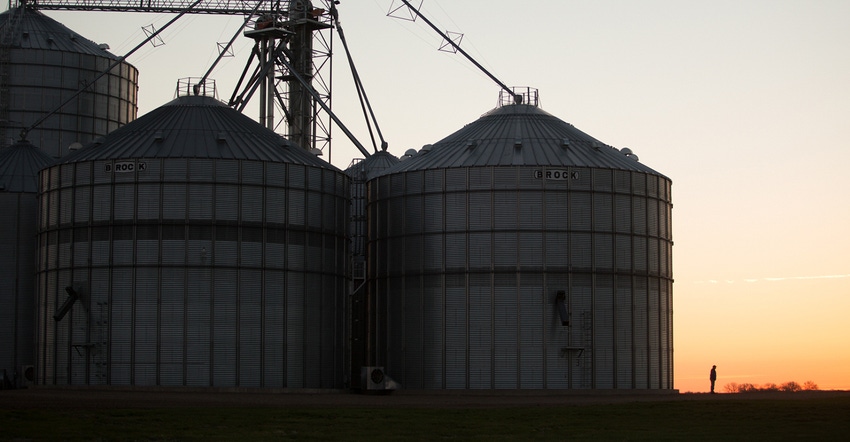March 14, 2019

By Jon Zuk
In Minnesota last year, April snowstorms and a late start to the season forced many farmers to plant in less-than-ideal conditions. We all quickly learned that planting into soil that looked good on the surface didn’t necessarily mean the rest of the soil profile was ready.
Given the moisture in our soil profile this year, consider taking things slower. Assess your fields with the ultimate goal of achieving strong, even crop emergence. Here are some things to keep in mind:
1. Soil temperature and moisture. Before you plant, make sure your soil is holding a consistent temperature. I like to see a soil temperature above 50 degrees F at the 4-inch mark. Often, we’ll easily hit 50 degrees or above at the 2-inch mark early. However, I recommend testing at 4 inches or deeper because that tells you warmth is starting to penetrate down and cold is not still coming up. Often a seed can survive in cooler soils, but big temperature swings can make it difficult to manage emergence. For the best results, you should measure your soil temperature at the same time each day so you can compare apples to apples.
Last year, we generally had good surface moisture conditions. However, a considerable amount of frost and moisture in our subsoil caused soil to compact or dry out, impeding plant roots from gathering nutrients. One simple way to test your soil moisture is by digging a 6- to 12-inch hole and grabbing a handful of soil. If it crumbles somewhat in your hand rather than balling up, it’s fit for planting.
2. Nutrient applications. For corn, test to make sure you have enough phosphorus in the soil, which is the energy source for your crop. Typically, we apply phosphorus in the form of a pop-up starter so that germinating seedling have immediate access. Corn plants also need zinc, which generally functions as a “forklift” to deliver nutrients throughout the plant. Remember, phosphorus and zinc are highly immobile in the soil, so it is very important to place both in-furrow right next to your seed for easy access.
3. Nitrogen management. Be sure to apply enough nitrogen prior to or during planting to get you to a sidedress application. With recent wet springs, many nitrogen reserves have run at a deficit. Having adequate nitrogen early will help avoid potential yield loss. Always use a nitrogen stabilizer, which will help your nitrogen stay around as long as possible. Choose the nitrogen stabilizer that best fits your nitrogen source and application technique. To make sure you have enough nitrogen, take a pre-sidedress nitrate sample around V2 or V3. You can also monitor rainfall and use a crop modeling tool to help you manage nitrogen appropriately.
4. Preemergence herbicide. Applying a preemergence herbicide allows you to get through wet spells and choose the best time to get into the field for a postemergence application. If you are doing a preemergence burndown, make sure you’re using the right adjuvant to control anything that is green. The main goal of a preemergence herbicide is to make sure that a weed never emerges. To establish this barrier, it is important not to work your herbicide too deeply into the soil.
This year, make sure your soil is fit to plant, ready for applications and able to withstand the weight of your equipment. It’s important to be patient, yet every farmer knows you can’t wait forever to start the season. We live with our early season decisions all year, so work with your agronomist to determine optimal timing for these tasks.
Zuk is a regional agronomist with WinField United in southern Minnesota. Contact him at [email protected].
You May Also Like




